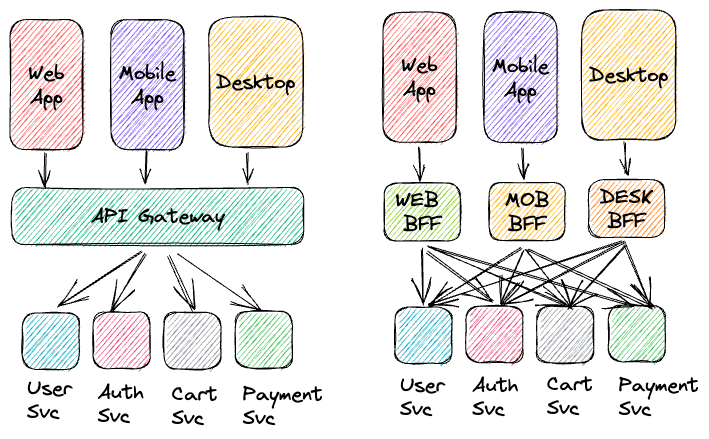Expert Engineers: 3 FACTS about composable architecture you need to understand

We often hear from developers and businesses that they feel a bit lost about the future: They feel stuck with a slow, inflexible software system.
Both people and companies need to grow to maintain optimism, keep things fresh, and be excited about the future of technology. However, expanding is not as easy as it sounds. Where do you start?
We have a suggestion, and we can discuss it further if you'd like to explore this option. Pro tip: Send us a message, as other businesses already have. We're problem solvers, and we love challenges.
That sluggish feeling is primarily due to adhering to monolithic architectures that have become obsolete for your needs. Your system might have served you well in the past, but today's dynamic market demands agility and scalability. Companies and devs are changing their views and looking at composable architecture for success.
Before you can begin labeling composable architecture, you need to understand what it is and why experts rave about it.
We'll try to unveil 3 key facts about composable architecture that will excite developers and business leaders. Get ready to discover how this innovative approach can streamline development, simplify maintenance, and allow your business to thrive in what can sometimes be a scary, fast-paced landscape.

One of the developers' biggest headaches with monolithic architectures is the slow, cumbersome process of adding new features. Changes often require modifying the entire codebase, leading to delays and frustration. But with composable architecture, things are different!
Composable architecture breaks down the system into independent components. Think of it like building with Legos – you can create and integrate new functionalities without affecting the existing code. Faster development cycles benefit businesses by getting features to market quicker. They also keep developers engaged and productive, as they can focus on building exciting new functionalities instead of wrestling with tangled code.
"The world of software development keeps changing, and let me tell you, composable architecture emerges as a promising contender. It is all about building apps from neat little building blocks that you can mix and match to make some seriously cool stuff. And guess what? It is like the best of both worlds — you get the flexibility of microservices without all the headaches of managing several separate services."
Read more here: Part I – Introduction to Composable Architecture | ASSIST Software Romania (assist-software.net)
Decomposing the system into smaller, self-contained components simplifies maintenance. Developers can focus on updates and bug fixes for specific components without needing to touch the entire codebase, reducing maintenance costs and improving overall code quality.
The modularity of composable architecture also improves overall code quality. Smaller, well-defined components are easier to understand, test, and document. This leads to a more robust and reliable codebase that's less prone to errors and easier to maintain in the long run.

Composable architecture allows you to scale individual components up or down as your user base or data volume fluctuates. Need to handle more traffic on a specific feature? Simply scale up that component! This ensures smooth operation and avoids system bottlenecks as your business grows.
Microservices architecture breaks down the backend into small, self-contained services for specific business capabilities. This approach facilitates each service's independent development, testing, deployment, and scaling.
Need more details about implementation strategies? Continue reading Vlad Dedita's Part II on the topic.
We know you developers crave in-depth knowledge. That's why we encourage you to check out our two-part series on composable architecture by ASSIST Software's experts.
Part 1: The Foundations of Composable Architecture lays the groundwork, explaining the core concepts and the numerous advantages this approach offers.
Part 2: Building Composable Systems—Frontend & Backend explores techniques like micro-frontends, API gateways, and event-driven architecture.
Don't just take our word for it! Read these articles:
- Part I – Introduction to Composable Architecture | ASSIST Software Romania (assist-software.net)
- Part II - Composable Web Architecture: Frontend and Backend Composability | ASSIST Software Romania (assist-software.net)
From faster development cycles and happier developers to modular codebases and future-proof scalability, the benefits are undeniable. But here's the key takeaway: unlocking the full potential of composable architecture requires expertise.
Implementing a composable architecture involves careful planning, choosing the right technologies, and ensuring seamless communication between independent components.
We have a team of seasoned developers who are well-versed in the intricacies of composable architecture. We can guide you through every step of the process. Still, we can also advise you and discuss your challenges, as we have already done for many enterprises.
Don't let the complexity of composable architecture hold you back!







